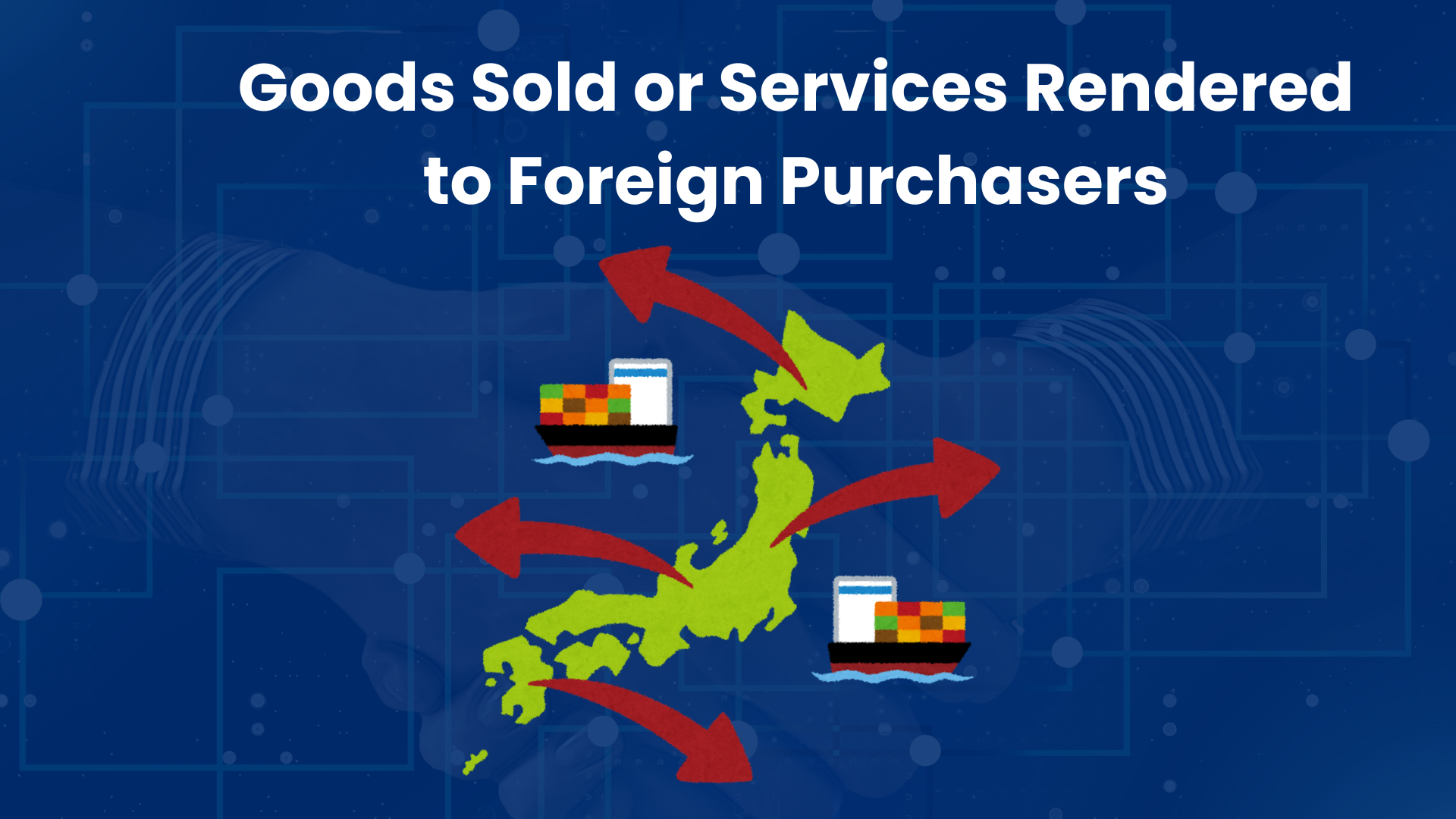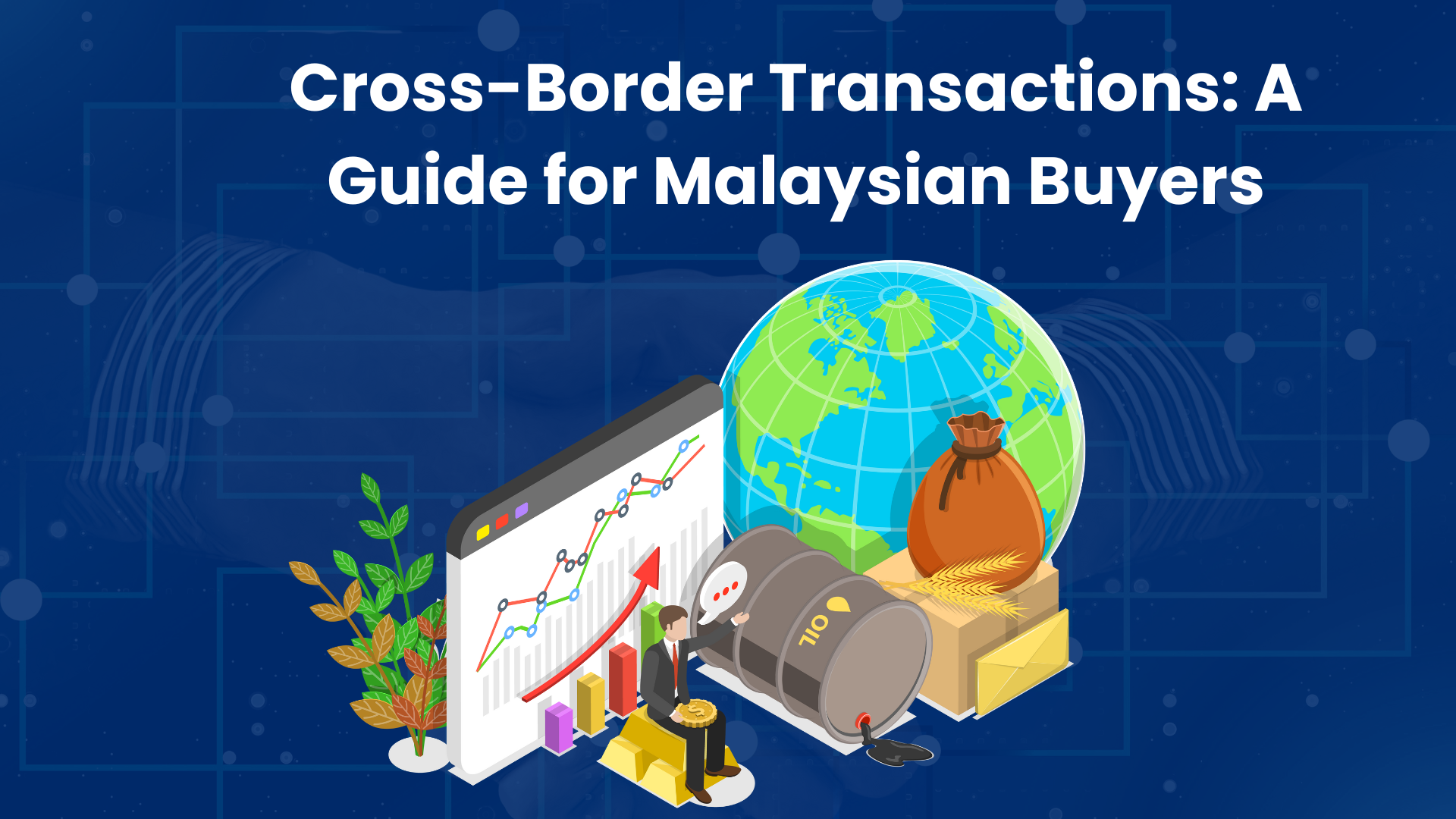-
Nov, Tue, 2024
User Guide for Malaysian Sellers: Goods Sold or Services Rendered to Foreign Purchasers
Introduction
With the introduction of e-Invoicing in Malaysia, businesses are required to adopt a standardized process for documenting transactions, including those involving foreign purchasers. This guide provides Malaysian sellers with a comprehensive overview of how to issue e-Invoices for goods sold or services rendered to foreign purchasers. By understanding these steps and exceptions, sellers can ensure compliance with the Inland Revenue Board of Malaysia (IRBM) guidelines and streamline cross-border transaction reporting.

This guide highlights the necessary steps, data requirements, and practical considerations for e-Invoicing, while addressing unique challenges when dealing with foreign purchasers who are outside the MyInvois system.
Steps for Issuing E-invoice
Step 1: Issuing the e-Invoice
Upon completing a sale or service transaction, the Malaysian seller must issue an e-Invoice to the foreign purchaser. The e-Invoice will document the transaction as taxable income and serve as a record for both parties.
- Supplier: Malaysian Seller
- Buyer: Foreign Purchaser
Step 2: Completing the Required Fields
Sellers must fill in all mandatory fields as outlined in Appendices 1 and 2 of the e-Invoice Guidelines.
In cases where certain details are unavailable:
- If a detail is not applicable to the foreign purchaser, the seller must input “NA” (e.g., local tax details).
- If information is missing because it was not provided by the foreign purchaser, the seller must also use “NA.”
Step 3: Adhering to the Workflow
The Malaysian seller must follow the e-Invoice workflow described in the guidelines, which can be implemented either through the MyInvois Portal or via API. The following exceptions apply:
- Notifications
- Proof of Income
- Error Management
Real Life Scenario
ABC Tech Solutions, a Malaysian software development company, delivers a custom software project worth RM 50,000 to XYZ International, a client based in Singapore.
To comply with the e-Invoicing requirements, ABC Tech Solutions generates an e-Invoice, including transaction details such as the service description, total payment, and applicable tax information. Since XYZ International is a foreign purchaser, some local fields like tax registration number are not applicable. ABC Tech Solutions inputs “NA” for these fields and submits the e-Invoice through the MyInvois Portal.
Once validated by IRBM, the e-Invoice serves as proof of income for ABC Tech Solutions. The company shares a PDF copy of the validated e-Invoice with XYZ International for record purposes. Later, XYZ International identifies an overcharge in the invoice, prompting ABC Tech Solutions to issue a credit note e-Invoice to adjust the transaction.
Conclusion
The implementation of e-Invoicing marks a significant step forward in streamlining and standardizing transaction reporting for Malaysian sellers. For cross-border transactions, especially those involving foreign purchasers, compliance with the outlined processes is essential to ensure smooth operations and adherence to the Inland Revenue Board of Malaysia (IRBM) requirements. By following this guide, Malaysian sellers can handle e-Invoices effectively while minimizing errors and ensuring transparency in their records.
What’s Next?
In the next article of this series, we’ll delve into E-Commerce Transactions and explore the unique requirements for e-Invoicing in the online marketplace. This comprehensive guide will address the specific guidelines for documenting online sales and purchases, ensuring that your digital transactions are fully compliant with Malaysia’s e-Invoice regulations.
Stay tuned to learn how e-Invoicing impacts e-commerce and gain practical insights for smooth implementation. Don’t miss out—get ready to elevate your understanding of e-Invoicing in the digital age!
FAQs : Cross Border Transactions
1. Do Malaysian sellers need to issue e-Invoices for foreign purchasers?
Yes, all Malaysian sellers must issue e-Invoices for transactions with foreign purchasers to comply with IRBM regulations.
2. What should Malaysian sellers do if required details for foreign purchasers are unavailable?
Sellers should input “NA” in fields where information is either not applicable or unavailable due to a lack of details from the foreign purchaser.
3. Will foreign purchasers receive notifications about validated e-Invoices?
No, foreign purchasers are not part of the MyInvois system and will not receive notifications from IRBM. Sellers may share a visual copy of the validated e-Invoice with the foreign purchaser for record purposes.
4. How should Malaysian sellers address errors in validated e-Invoices issued to foreign purchasers?
Errors must be corrected by issuing a credit note, debit note, or refund note e-Invoice, depending on the type of correction required.
5. Are foreign sellers required to issue e-Invoices to Malaysian purchasers?
No, foreign sellers are not obligated to issue e-Invoices under Malaysia’s system. However, Malaysian purchasers must ensure proper documentation and compliance with local tax requirements.




